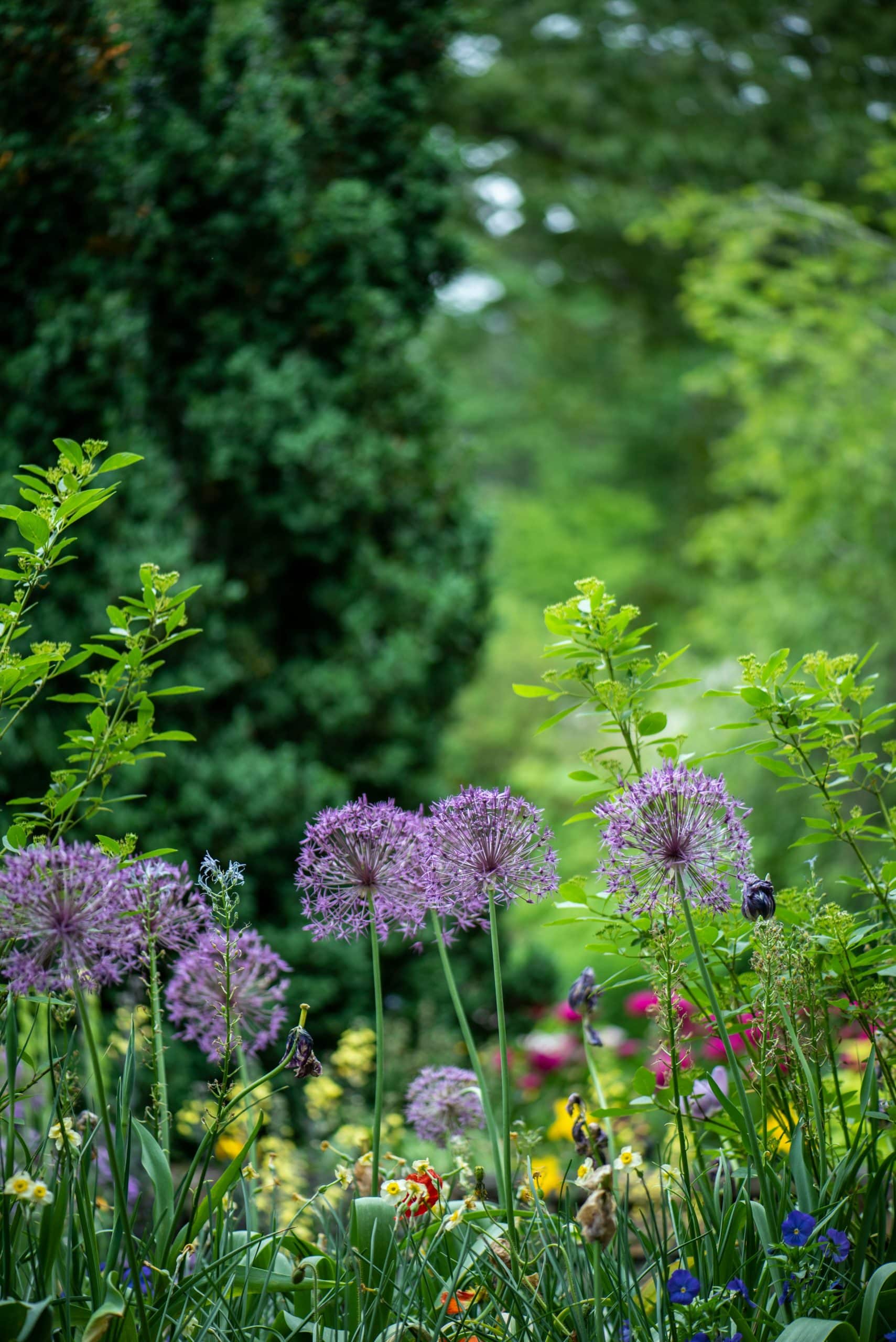How to Create a Pet-Friendly Garden that Attracts Beneficial Wildlife?

Are you a plant enthusiast who happens to live in a shared space with your beloved furry friends? Or perhaps you’re a pet owner looking to create a haven for them in your garden, while also attracting beneficial wildlife? If you nodded a resounding ‘yes’ to these questions, this article will be of great interest to you.
We understand your predicament. On one hand, you want to have a vibrant and beautiful garden, but on the other hand, you need to make sure that your plants are safe for your pets and that your pets won’t destroy your garden. In addition, you’d like to invite some beneficial wildlife into your garden, without posing a threat to your pets. Well, we have got you covered.
En parallèle : What Are the Best Strategies for Walking Multiple Dogs Simultaneously?
Creating a Safe Haven for your Pets
Creating a pet-friendly garden doesn’t mean you have to skimp on style or variety in your green space. Your pets, whether dogs or cats, will greatly appreciate some consideration in the layout and plant selection of your garden.
There are many plant varieties that are non-toxic to your pets. These include, but are not limited to, spider plants, bamboo, roses, sunflowers, and some types of ferns. These plants are not only safe for your pets, but they also add a beautiful touch to your garden. Do keep in mind to avoid plants that are toxic to pets, such as lilies, aloe vera, and tulips.
A lire également : How to Use Positive Reinforcement to Encourage a Cat to Sleep in Its Own Bed?
To ensure your pets are safe while they explore your garden, provide them with plenty of shade and water. During the warmer months, this will keep them cool and hydrated. It’s also essential to create a designated area for them to play and rest, away from any delicate plants that could be damaged.
Attracting Beneficial Wildlife
Having a garden that is friendly to wildlife is not only rewarding but also beneficial for your plants, as some animals help pollinate your plants or keep pests at bay.
In order to attract this beneficial wildlife, you will need to provide food and water sources. Bird feeders, bee hotels, and even butterfly puddling areas can be fantastic additions to your garden. It’s also advisable to have a variety of plant types, to cater to different wildlife species.
Some animals are more beneficial for your garden than others. Birds, for example, can help control pests by eating insects. Bees and butterflies are excellent pollinators, helping your garden to flourish.
On the flipside, it is important to remember to keep a balance and not inadvertently invite wildlife that could be harmful to your pets. Keep an eye out for any signs of such animals and take necessary precautions.
Choosing the Right Trees for Your Garden
Trees can greatly contribute to the appeal of your garden, offer shade for your pets and provide homes for wildlife. But it’s important to choose the right trees that will be safe for your pets and beneficial for your garden.
Some trees to consider are Dogwood, Eastern Redbud, and Crepe Myrtle. These are not toxic to cats or dogs and add lovely colours and shape to your garden. Avoid trees that can be harmful to pets, such as Yew, Oleander, and Cherry trees.
Remember to position your trees in a way that they offer adequate shade for your pets, especially in the summer months. In addition, trees can also provide nesting spots for birds, thus attracting them to your garden.
Ensuring Your Garden is Welcoming to Pets and Wildlife
A garden should be a peaceful haven for you, your pets and beneficial wildlife. Therefore, ensuring it is a welcoming space is key to creating a pet-friendly garden that attracts beneficial wildlife.
To make sure your pets enjoy their time in the garden, provide them with toys and a safe space to play. For wildlife, ensure they have access to food, water, and shelter.
Avoid using any chemicals or pesticides that might be harmful to pets or wildlife. Instead, opt for organic alternatives that will keep your garden healthy without posing a risk to animals.
By following these tips, you will have a beautiful and vibrant garden that is friendly to your pets and attracts beneficial wildlife. You will also contribute to the ecosystem by providing a safe haven for various species, and thus playing a part in conserving wildlife.
Remember, creating such a garden is not an overnight process, but with patience and care, you can create a space that is harmonious for all.
Ensuring Your Garden Plants are Safe for Pets
Creating a pet-friendly garden involves careful selection of plants. It’s crucial to know which plants are safe for your pets and which ones are harmful. As a pet owner, your ultimate goal should be to create an outdoor space that is not only visually appealing but also safe for your furry friends.
The world of garden plants is vast and diverse, and so is their level of toxicity to pets. Some plants are perfectly safe for both cats and dogs to be around, while others can cause serious health problems if ingested. Plants such as spider plants, bamboo, roses, sunflowers, and certain types of ferns are known to be safe for pets. On the other hand, lilies, aloe vera, and tulips are examples of plants toxic to dogs and cats.
It’s also worth mentioning that sometimes, it’s not just the plant itself that can be toxic to pets – certain parts of plants can also be harmful. For example, the seeds and pits of many fruits like apples and apricots contain a compound called cyanide that can be poisonous to dog and cats if ingested in large amounts.
So, as a responsible pet owner, it’s vital to research each plant before you add it to your garden. There are plenty of resources available online to help you determine which plants are safe for pets and which ones to avoid.
Designing a Pet-Friendly Yard That Attracts Beneficial Wildlife
Attracting beneficial wildlife to your garden doesn’t only add to its charm but can also be beneficial for the health and wellbeing of your plants. Such wildlife, including birds, bees, and butterflies, help pollinate your plants and control pests. However, it is essential to ensure that the wildlife you are attracting is not harmful to your pets.
To start creating a wildlife-friendly yard, begin by providing food and water sources. Bird feeders, bee hotels, and butterfly puddling areas are great for this. Remember, different wildlife species are attracted to different types of food, so it’s best to provide a variety.
Next, consider the type of shelter that wildlife might need. For instance, small mammals and birds often require nesting spots, which trees and shrubs can provide. Some wildlife-friendly trees to consider include Dogwood, Eastern Redbud, and Crepe Myrtle. Not only are these trees safe for pets, but they also add a beautiful touch to your garden.
Finally, remember to avoid using chemicals or pesticides that could harm your pets or the wildlife you are trying to attract. There are many organic alternatives available that can keep your plants healthy without posing any risks.
Conclusion
Creating a pet-friendly garden that attracts beneficial wildlife is a task that requires patience and a good amount of research. However, the rewards – a beautiful garden enjoyed by your pets and bustling with healthy, beneficial wildlife – are well worth the effort.
It’s all about finding the right balance between beauty, functionality, and safety. From the careful selection of plants and trees to the design and layout of your outdoor space, every decision should be made with your pets’ safety and comfort in mind.
By taking these steps, you can create a garden that is not only a haven for your furry friends but also plays a part in conserving wildlife. The joy of seeing your pets play freely in the garden, coupled with the delightful chirps and fluttering of wildlife, will surely make your garden an enchanting place to be.
